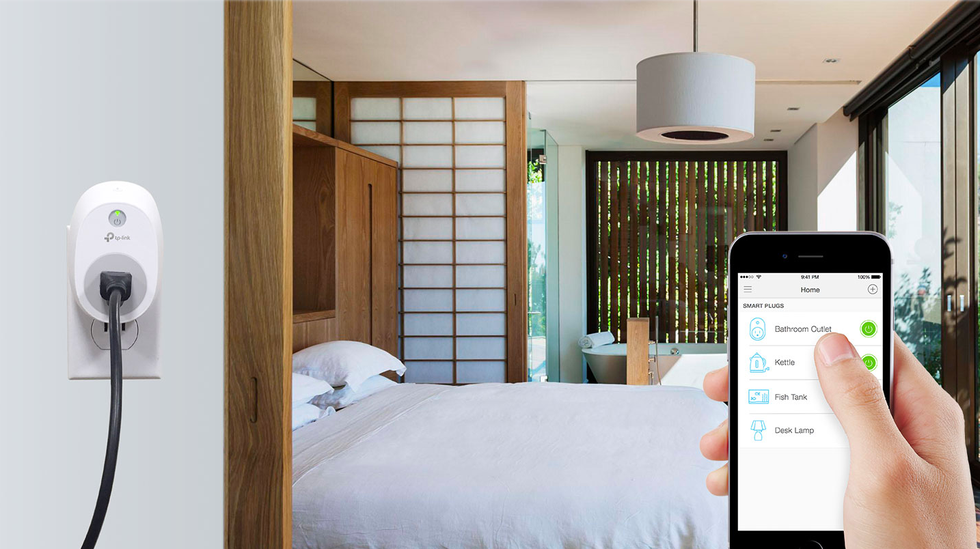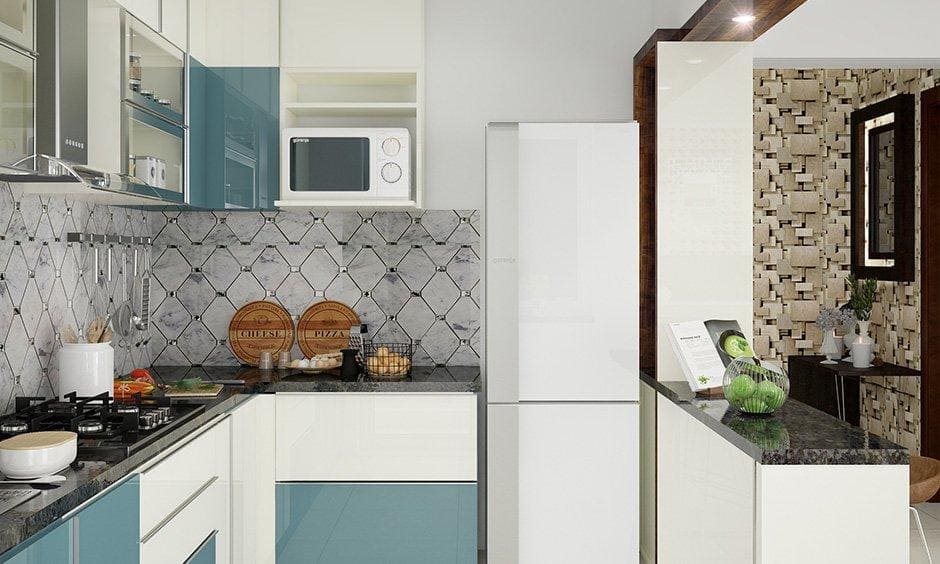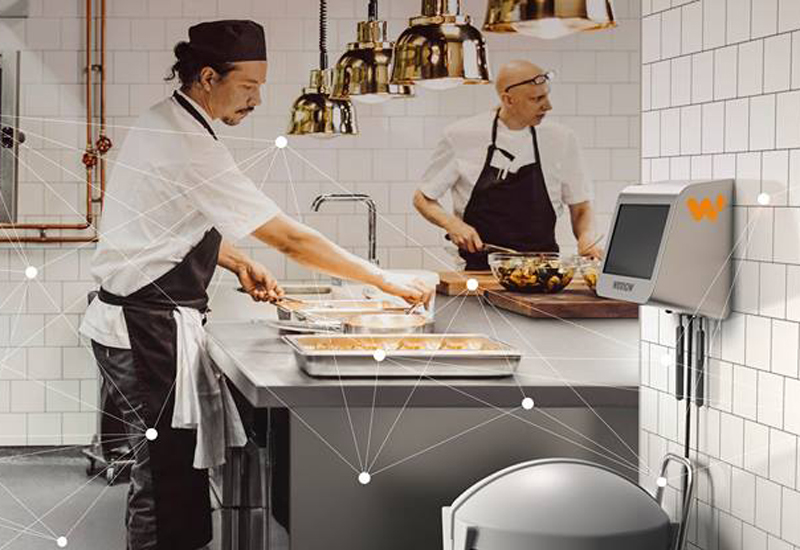In recent years, the integration of voice assistants and smart vacuums has revolutionized the way we approach home cleaning. These innovations have transformed mundane chores into seamless activities, enhancing convenience and efficiency. As technology continues to evolve, understanding the capabilities of these devices becomes essential for homeowners and tech enthusiasts alike.

The Rise of Voice Assistants
Voice assistants have become ubiquitous in households around the world. Their ability to respond to verbal commands and perform a wide range of tasks makes them invaluable tools for modern living. From setting reminders to controlling smart home devices, voice assistants like Alexa, Google Assistant, and Siri have changed the way we interact with technology.
How Voice Assistants Work
At their core, voice assistants utilize natural language processing (NLP) to interpret and execute user commands. This technology allows them to understand context, learn user preferences, and provide personalized responses. As a result, users can engage in more intuitive and efficient interactions.
The Evolution of Smart Vacuums
Smart vacuums have been a game-changer in the realm of home cleaning. These devices, equipped with advanced sensors and mapping technology, can autonomously navigate and clean homes with minimal human intervention.
Features of Smart Vacuums
Modern smart vacuums come with a plethora of features including scheduled cleaning, remote control via smartphone apps, and integration with voice assistants. This integration allows users to start, stop, and monitor cleaning sessions using simple voice commands.
The Synergy Between Voice Assistants and Smart Vacuums
The combination of voice assistants and smart vacuums offers a seamless cleaning experience. By leveraging voice control, users can effortlessly manage their cleaning routines, even when they are away from home. For instance, a simple voice command can initiate a cleaning session while you’re at work, ensuring a spotless home upon your return.
Benefits of Integration
The integration of these technologies not only saves time but also enhances the overall quality of life. It allows for hands-free operation, enabling users to multitask and focus on more important activities. Moreover, the ability to schedule and customize cleaning routines through voice commands adds a new level of convenience.
Challenges and Considerations
Despite the numerous benefits, there are challenges associated with the use of voice assistants and smart vacuums. Privacy concerns and the need for a stable internet connection are some of the key issues that users must consider.
Addressing Privacy Concerns
As voice assistants continuously listen for commands, there is an inherent risk of unauthorized data access. It is crucial for users to understand the privacy policies of their devices and take necessary precautions to safeguard their information.
Future Trends in Voice Assistants and Smart Vacuums
The future holds exciting possibilities for voice assistants and smart vacuums. With advancements in artificial intelligence and machine learning, these devices are expected to become even more intuitive and efficient.
AI and Machine Learning
Future iterations of smart vacuums are likely to incorporate AI-driven algorithms that enhance navigation and cleaning efficiency. Similarly, voice assistants will become more adept at understanding complex commands and providing contextually relevant responses.
Conclusion
The integration of voice assistants and smart vacuums represents a significant leap forward in home automation. As these technologies continue to evolve, they promise to deliver even greater convenience and efficiency, making them indispensable tools for modern living.

FAQs
How do voice assistants enhance smart vacuum usage?
Voice assistants allow users to control their smart vacuums through voice commands, making it easier to manage cleaning schedules and operations.
Are there privacy risks associated with voice assistants?
Yes, there are privacy concerns as these devices continuously listen for commands. It is important to review privacy settings and policies to protect personal data.
What are the future trends for smart vacuums?
Future trends include the integration of AI and machine learning to improve navigation and cleaning efficiency, as well as enhanced interaction with voice assistants.
This article contains affiliate links. We may earn a commission at no extra cost to you.





